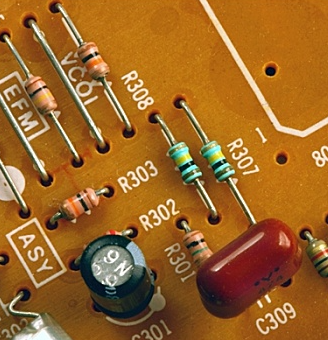In the nuanced world of electronic circuit design and deployment, slide wire resistors emerge as quintessential yet remarkably adaptable components.
Underlying Design and Conceptual Framework
At the core of every slide wire resistor is a sophisticated dual-component system. It combines a stationary resistor body, made from a conductive material, with a mobile contact. This mobile contact smoothly slides over the resistor body. Such an ingenious setup facilitates the modulation of resistance by simply moving the contact along the body.
This design not only exemplifies engineering ingenuity but also penetrates the very heart of customizable electronic components. It allows for the precision tuning of resistance values, from minor adjustments to substantial changes, thus meeting a broad range of circuit design specifications.
Detailed Exploration of Operating Mechanisms
At its core, a slide resistor's operation hinges on a fascinating interplay between the stationary body and the sliding contact. This dance between components, altering the contact area and the distance between contact and body, dynamically changes the resistance. It's a brilliant use of physical movement to control electrical resistance, thereby facilitating precise current adjustments.

This operational principle underlines the seamless integration of physics in electronics, enabling sophisticated circuit control through simple physical actions. It reflects a deep level of inventive thinking in component design and equips circuit designers with a potent tool for meticulous modulation.
Diverse Variants and Their Applications
Slide resistors are available in a plethora of forms—carbon film, metal film, and metal oxide film, to name a few. Each type stands out for its material composition, manufacturing technique, performance characteristics, and intended applications. Carbon film resistors are celebrated for their cost-effectiveness, metal film resistors for their stability and accuracy, and metal oxide film resistors for their endurance against high temperatures and voltages. Each variant brings specific advantages to particular applications.
This diversity in slide resistors expands the horizon of potential applications, from everyday consumer electronics to more complex industrial systems and precision instruments. Their adaptability and adjustability highlight their indispensable role in electronic circuit design.
